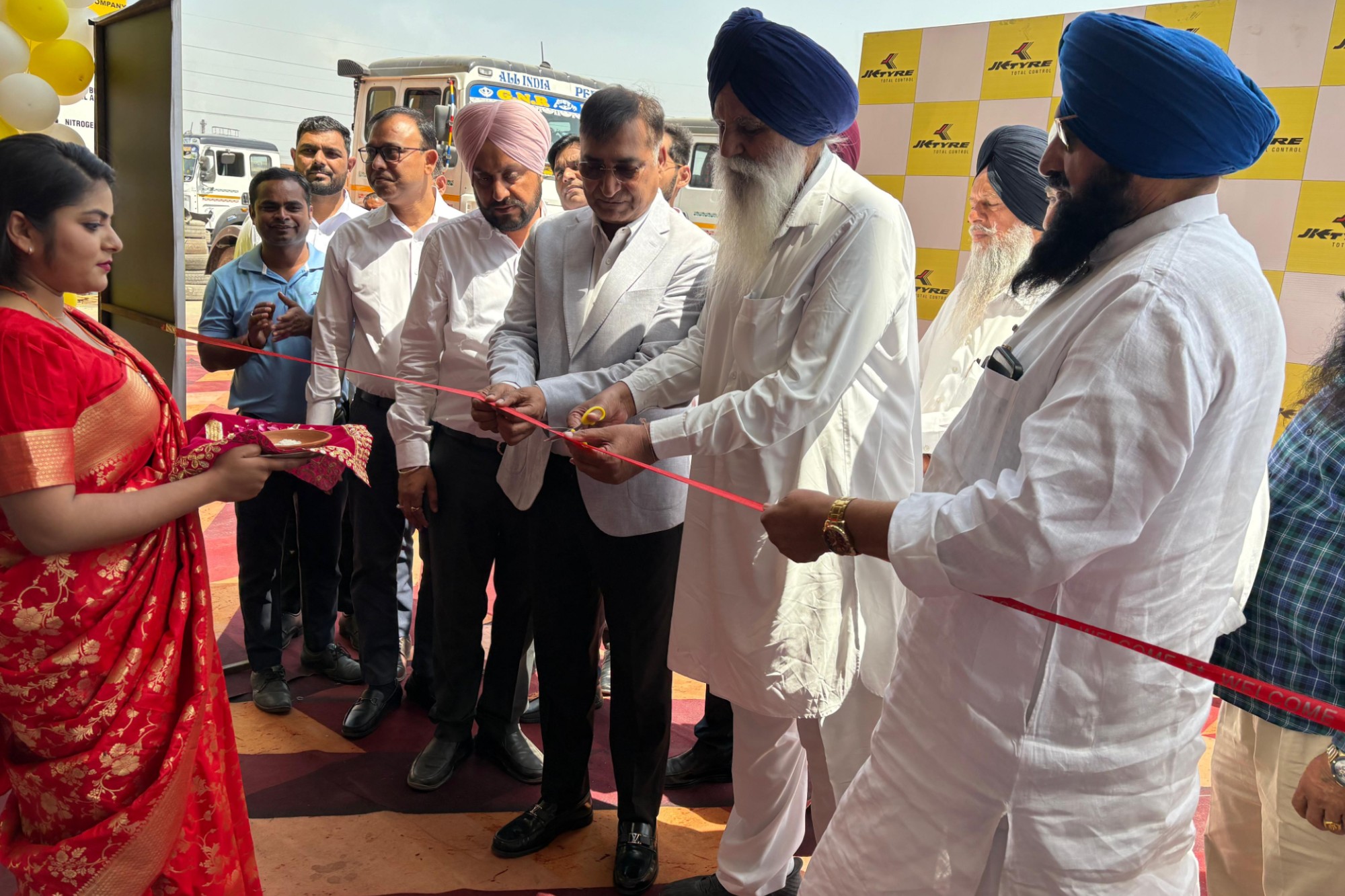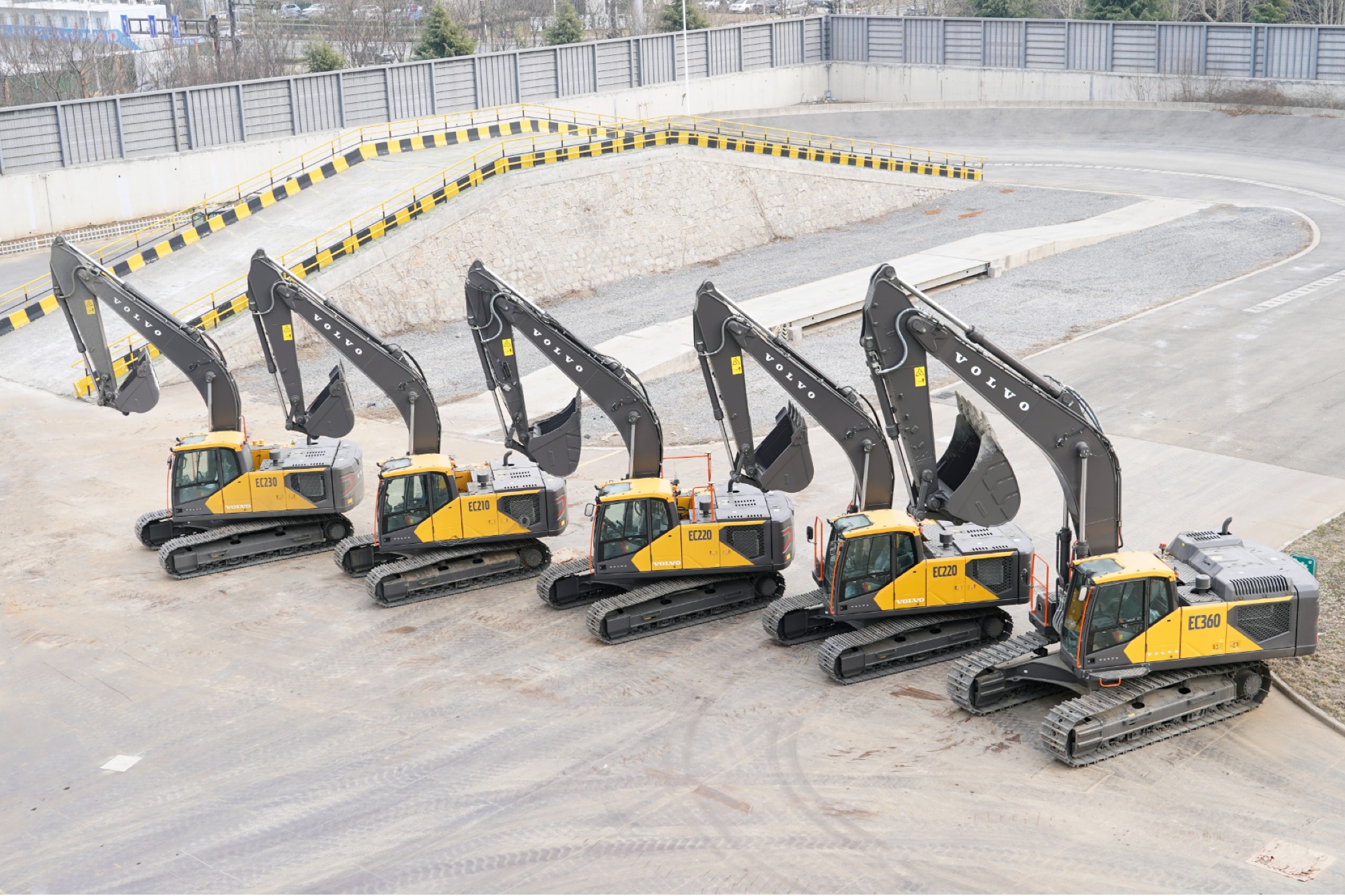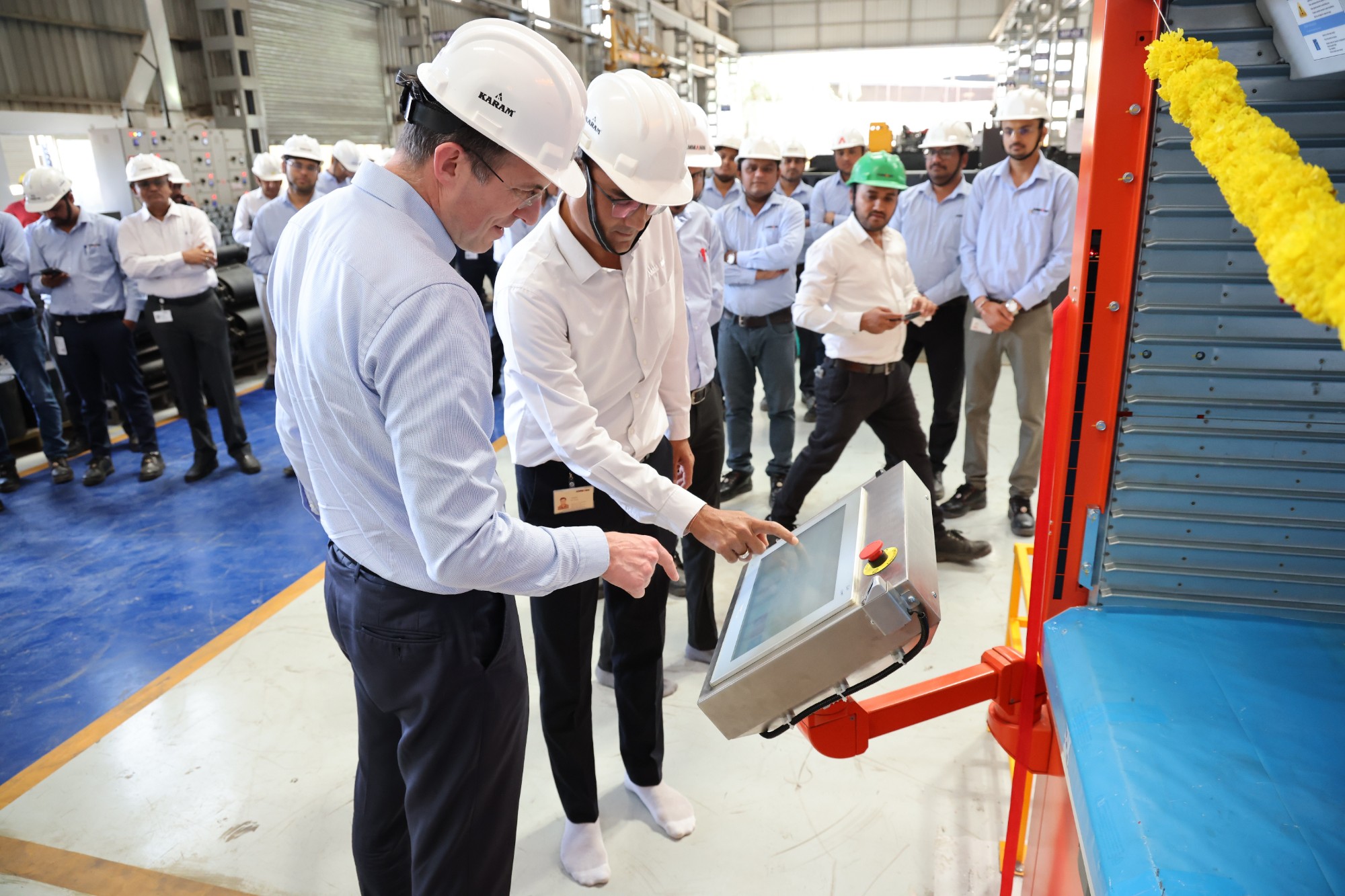Demolition and Recycling: Safety and Reusing Concrete later
By Edit Team | July 15, 2019 12:40 pm SHARE

The industry of demolition comes with an occupational hazard and could be lethal if apt precautions are failed to be taken or if the precise equipment is not used.
Demolition productivity depends upon the complexity of the structure, surroundings and geographical location where the structure is located. Hence, there is no single equipment which can be claimed as giving highest productivity. There is a range of eco-friendly and hi-tech equipment, which are method, requirement and workspecific for the productivity of the respective structure.
The fastest technique for primary demolition is the “implosion method”, wherein, the dynamites are located inside the building structure in such a manner that it collapses in the same place leaving the heap of debris to be cleared later on. “Unfortunately the Indian government rarely gives permission for these kinds of techniques. One of the best options for demolition equipment is the high-reach demolition machine which can do primary demolition of structures made of RCC and steel very efficiently and carefully with attachment like jaw crusher and steel shear jaws,” says Piyush Gandhi, Managing Director, Genesis Engineering.
Tech-approach
According to Piero Guizzetti, CEO, MB India, Company’s hydraulic drum cutters for excavators, loaders, and backhoe loaders are the most innovative and determined response to excavation, demolition and profiling work, especially in urban sites. Guizzetti claims that the line of MB Crusher drum cutters is in fact the only one in the market utilising a direct drive twin motor system. This direct transmission dual motor system is protected by MB’s unique patent, allowing for a differentiated distribution of force based on priority requirements on the two drums. This provides an enormous advantage, since the power force is managed autonomously by the drum cutter according to the toughness and resistance of the material on the individual drums. At the same time, it ensures consistent productivity albeit the stone or material to be cut is predominantly unpredictable. Apart from regular maintenance schedule and consumables replacement, there is no downtime for the drum cutters. “Thanks to the uncompromising first class materials that we use in all our products, they are designed to perform in the toughest of conditions and circumstances,” says Guizzetti.
Another player Dozco India says that its advanced series hydraulic rock breaker is designed to demolish rock, concrete and intact construction materials, trenching and breaking asphalt, concrete, huge stones etc. “Hydraulic breakers can be a best friend on a jobsite where demolition is the end goal. The Dozco rock breaker is rugged, world-class and has resilient attachments which provide high productivity and maximum uptime in demolition,” says Pankaj Kumar, Vice President, DOZCO (India) Pvt Ltd.
Safety measures
Every year, construction sites cause innumerable deaths and injuries. Therefore, construction companies are increasingly adapting to various safety measures to ensure the wellbeing of the workers and visitors alike on the site, especially for demolition work which involves an array of dangerous factors that can cause human tragedy. Safety has and always will be the most important part of constructions, renovations and demolitions. Always having the best and most up-to-date equipment as well as taking the necessary precautions has saved countless lives throughout the years. These precautions are simple and easy things that one should always be sure to do. These precautions take just a few minutes to oversee, but could make a difference when it comes to a safe demolition.
Employees should always be knowledgeable of all aspects of work, regardless of their specialty or area of work. It is important that each and every employee understands what equipment should be worn and present throughout the demolition. Make sure that each employee also knows and understands how to use each piece of equipment properly. This quick and simple sweep is to make sure each employee has all the proper equipment required and can help save lives and prevent any or all future injuries as you go throughout the demolition process. In addition, make sure that each employee has a hard hat, as well as a mask, gloves and work boots.
Vaijanath Bhatambre, Advisory Business Consultant, Annapurna Construction says, “Always do a final sweep before the demolition process begins. It is absolutely recommended to go into each and every room, including closets, bathrooms and hallways, to ensure that everyone and everything is out of the building.” It is necessary to ensure that each worker is out of the building and at a safe distance before demolition begins. Likewise, it is important to make sure that the building is monitored by employees to make sure that unauthorised people do not get close to the demolition site. If others are present, make sure all equipment is equipped and readily available to any newcomers. Assign someone to assure the final sweep has been made. “Make sure that everyone knows whom to report. Once the final sweep is done, notify the person in charge. The demolition can then take place safely,” adds Bhatambre.
It is absolutely necessary that only trained and experienced employees handle the more dangerous and explosive materials. These employees should be qualified, professional, mature, and experienced enough to handle the responsibility and care required by those handling the explosives. These employees, if trained correctly, can help prevent accidents on the work site.
If, for any reason, anyone needs to enter the building, it is necessary for every ceiling and walkway to be braced. This will easily provide extra support in case an accident occurs and help prevent the resulting damage, injuries and even deaths.
Make sure that all employees are wearing and equipped with the proper equipment to clean up any and all debris once the demolition has taken place. This equipment includes gloves, a mask and work boots. Most importantly, however, make sure that only authorised employees are present during the cleanup and demolition. This stage can be very dangerous, but taking these necessary steps can prevent an array of injuries and accidents.
The standard safety comprises of statutory compliances, methodology of the demolition worksite, other risk involvement like nearby structures and running plant or area premises, diversions of the roads or routes, method statement, risk assessment, third party inspection certificates for machines, toolbox talk, first aid requirements, mock drill, lock out tag out activity (project specific), etc. All the documents related to safety are to be maintained in detail on a daily basis and signed by the client and vendor authorities.
Recycling matters
Recycling concrete waste helps reduce the negative environmental impacts of construction activities. “In India, concrete recycling rates and available applications of recycled concrete vary largely, but they also offer useful strategies for government and industry to work together for expediting the concrete recycling progress,” adds Kumar.
Concrete recycling is known to everyone majorly but not adopted very often by the customers. According to our view, if the customer is getting some of their volume base structure demolished, and if this is being done at one or multiple construction sites, then the customer should opt for debris recycling of the structure to be demolished. This is because the client can use the recycled debris in their other construction site locations at the areas for finishing, road making and non load bearing locations which will allow them to save cost by reducing the cost of concrete purchase for the respective work replaced with debris recycling.
Precious recycling concrete is wasted due to not being used wisely in recycling. Back filling work, paver blocks or roads can be made out of the material recovered from demolition.
“Annually, India produces around 10 to 12 million tonnes of construction, demolition, and excavation waste and this waste is either disposed in illegally in non-engineered landfills, rivers or water bodies,” says Guizzetti.
Guizzetti further adds, “The Ministry of Urban Development has directed states to setup a Construction and Demolition (C&D) waste facility in all the cities with a population of more than 1 million. But unfortunately, only few such facilities are presently working in India and most of the C&D waste ends up in the ridge areas considering the amount of infrastructure development which is at its peak.”
Challenges in recycling
Demolition, processing and the recycling of the resulting materials are often analysed separately. High quality recycling of concrete waste does not always correspond to production or use of the product with the highest value, rather to the most feasible product in a specific project or region. “It is by analysing the whole disposal or supply-chain, including the substituted material, that the best effects of recycling can be achieved. Issues regarding the handling of polluted materials should be discussed from a practical point of view,” adds Kumar. Moreover, some aspects to consider regarding future demolition when producing new concrete products are presented.
The challenge for growth is to provide timely delivery of volume base quantity with respect to cost. Need for recycling in the other projects by client is of foremost importance. “The Government should make a law to make use of recyclable concrete material in their projects and compulsory use of it in different manufacturing industries – the common dumping yard for all the demolition debris disposal material. This will help the industry and environment and control the cost in every way,” adds Gandhi.
Need to heed
There are challenges in recycling of demolition waste so there is need to have greater supervision and actual penalties should be imposed on those who violate government directives and policies. The growth of construction is very high; hence the recycling market needs to grow at an even greater speed to catch up. Today, most of the demolition waste is disposed of by dumping it in the landfills. This is causing a huge shortage of dumping places in the already choked urban areas. With limited number of C&D facilities currently in operation, and shortage of dumping places in the urban areas, recycling becomes imperative. There needs to be greater incentivisation on the demand and better control on adherence of these new policies which have actually been put in place by the Government. n
Hydraulic breakers can be a best friend on a jobsite where demolition is the end goal.
Pankaj Kumar, Vice President,DOZCO (India) Pvt. Ltd.
Our hydraulic drum cutters for excavators, loaders, and backhoe loaders are the most innovative and determined response to excavation, demolition and profiling work, especially in urban sites.
Piero Guizzetti, CEO, MB India
Always do a final sweep before the demolition process begins. It is absolutely recommended to go into each and every room, including closets, bathrooms and hallways, to ensure that everyone and everything is out of the building.
Vaijanath Bhatambre, Advisory Business Consultant, Annapurna Construction
The Government should make a law to make use of recyclable concrete material in their projects and compulsory use of it in different manufacturing industries – the common dumping yard for all the demolition debris disposal material.
Piyush Gandhi, Managing Director,Genesis Engineering
Cookie Consent
We use cookies to personalize your experience. By continuing to visit this website you agree to our Terms & Conditions, Privacy Policy and Cookie Policy.




















































